I have found a application has Clean Memory function.

I think it uses the original PURGE function, but after checking (using Activity Monitor), I see that it's likely to be more free File Cache than Purge command (or it can operate independently of the PURGE command). Please refer my experiment in below.
- Below is first information in Activity Monitor

- Then, I use Clean Memory function (FREE UP 600+ MB File Cache)

- Finally, I use PURGE command (FREE UP more 400+ MB File Cache)

My question:
Refer free mem as function of command 'purge'
1. What it has used technology to make Clean Memory function (I have research https://opensource.apple.com/ for a week but did not find relevant information)?
2. (optional) The difference between Clean Memory function and PURGE command?